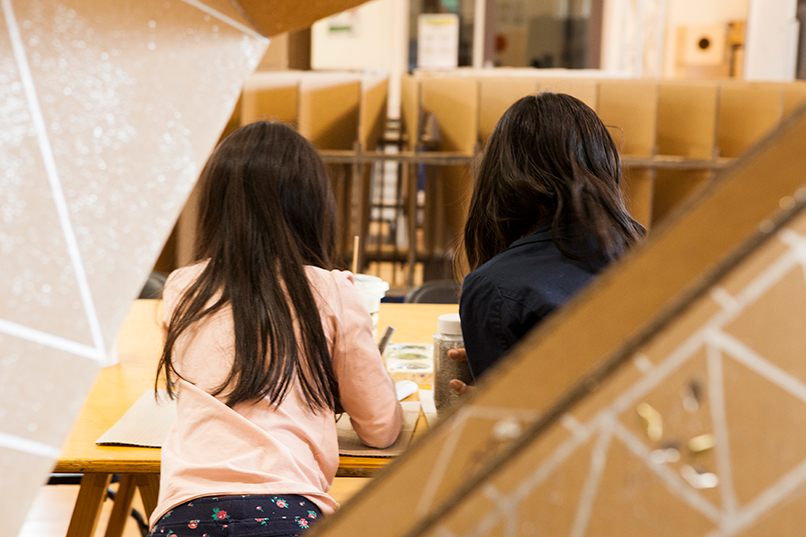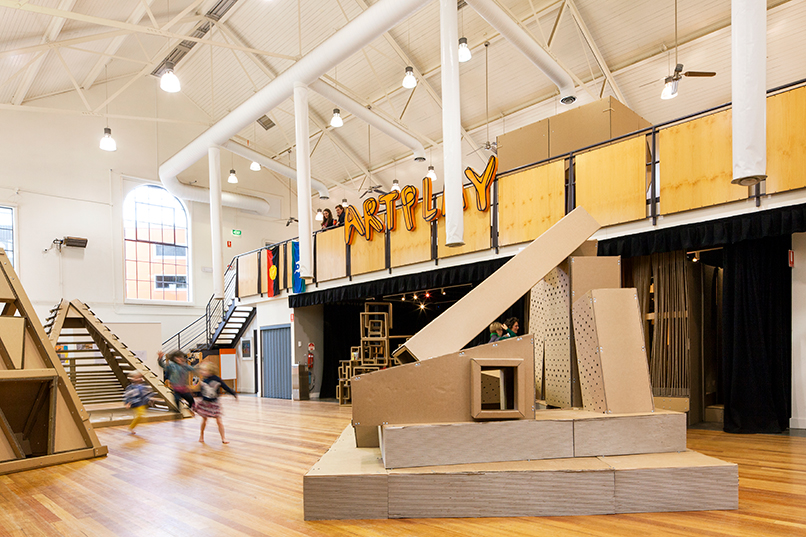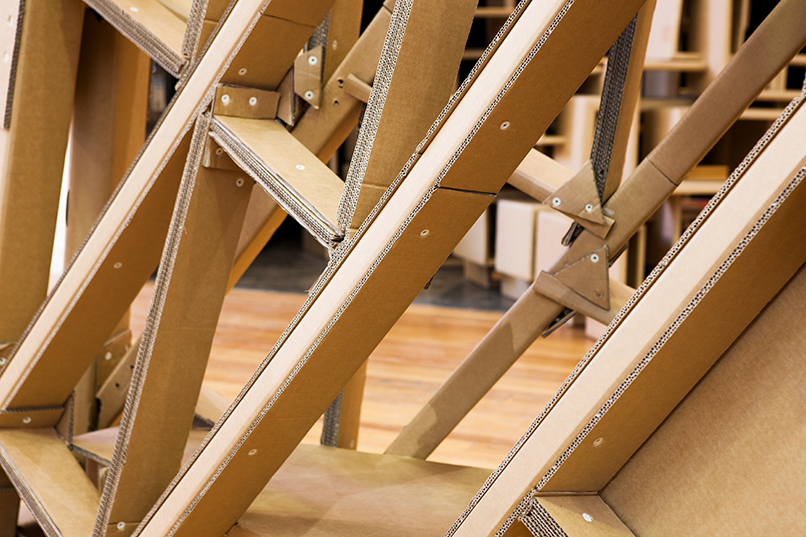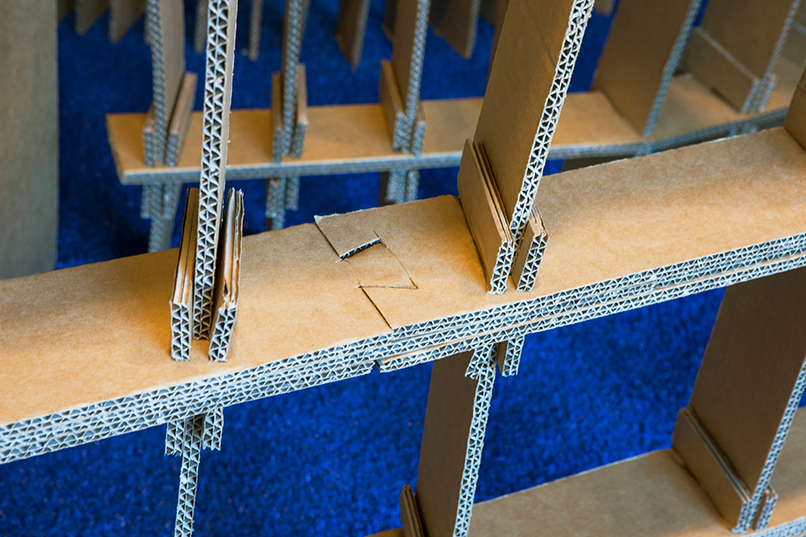cardboard play spaces
August 10, 2013
![]()

For the second year in a row I’ve been commissioned by Artplay & Monash University to document the children’s cardboard play spaces at Artplay. Last year was my first introduction to this venue. It’s an excellent creative and interactive space for children. I really encourage any parents out there to visit and learn about what it has to offer.

For the last two years I’ve photographed these installations and have been really impressed with the students’ techniques and ideas. Monash University lecturers and tutors do a great job encouraging first year students to think about basic materials and joinery techniques. I’ve seen children interacting with these spaces and it’s incredible how strong and safe the structures are. Children have really loved discovering these play spaces.
It’s great to know that the lifespan of these play spaces will continue with them finding a new home within children’s playgroups and kindergartens in Melbourne.


Some words by Ross Brewin, adapted from original article Card Play Space – Architecture AU
“Each year, first-semester students in the Department of Architecture at Monash University undertake a design–make studio project where groups of students collectively design, fabricate and install full-scale creative play spaces out of corrugated cardboard at ArtPlay, a children’s art centre in Melbourne. In various locations within the building, the design of each space engages with a specific creative program tailored to five- to eight-year-old children; either Viewing, Exploring, Reading or Making.

During the design phase of the project, the programmatic terms are also paired with a tectonic term that is used to guide the composition and construction of the cardboard space; either Fold, Stack, Interlock or Frame. These terms can be thought of as both construction techniques and spatial devices. To develop their tectonic design sensibilities, students are encouraged to develop methods for fixing and joining that don’t rely on glue. This also helps ensure that the spaces can be pre-fabricated, thereby minimizing construction time on site and making the installation demountable and re-useable.

2400 x 1200 mm sheets of corrugated cardboard were used in two different thicknesses. A fixed number of sheets had been nominated at the start of the design phase, challenging students to create a habitable structure that would be materially efficient as well as structurally sound.
During the installation at ArtPlay, students are responsible for the upkeep and maintenance of the spaces that generally get a rigorous “working over” from visiting children. This continual engagement with the built project over time raises awareness of the ‘life’ of architecture beyond the moment of its completion, into its occupation and use in both intended and unexpected ways.
Perhaps most importantly, through the external engagement of these kinds of studio projects, students gain firsthand experience of how architecture fundamentally affects people’s lives, and the contribution it can make in response to the complex range of social issues that shape the modern world.”
(words by Ross Brewin adapted from article Card Play Space – Architecture AU)


![]f_ArtsPlay13_0827](http://christinefrancis.com/wp-content/uploads/2013/07/f_ArtsPlay13_0827.jpg)





